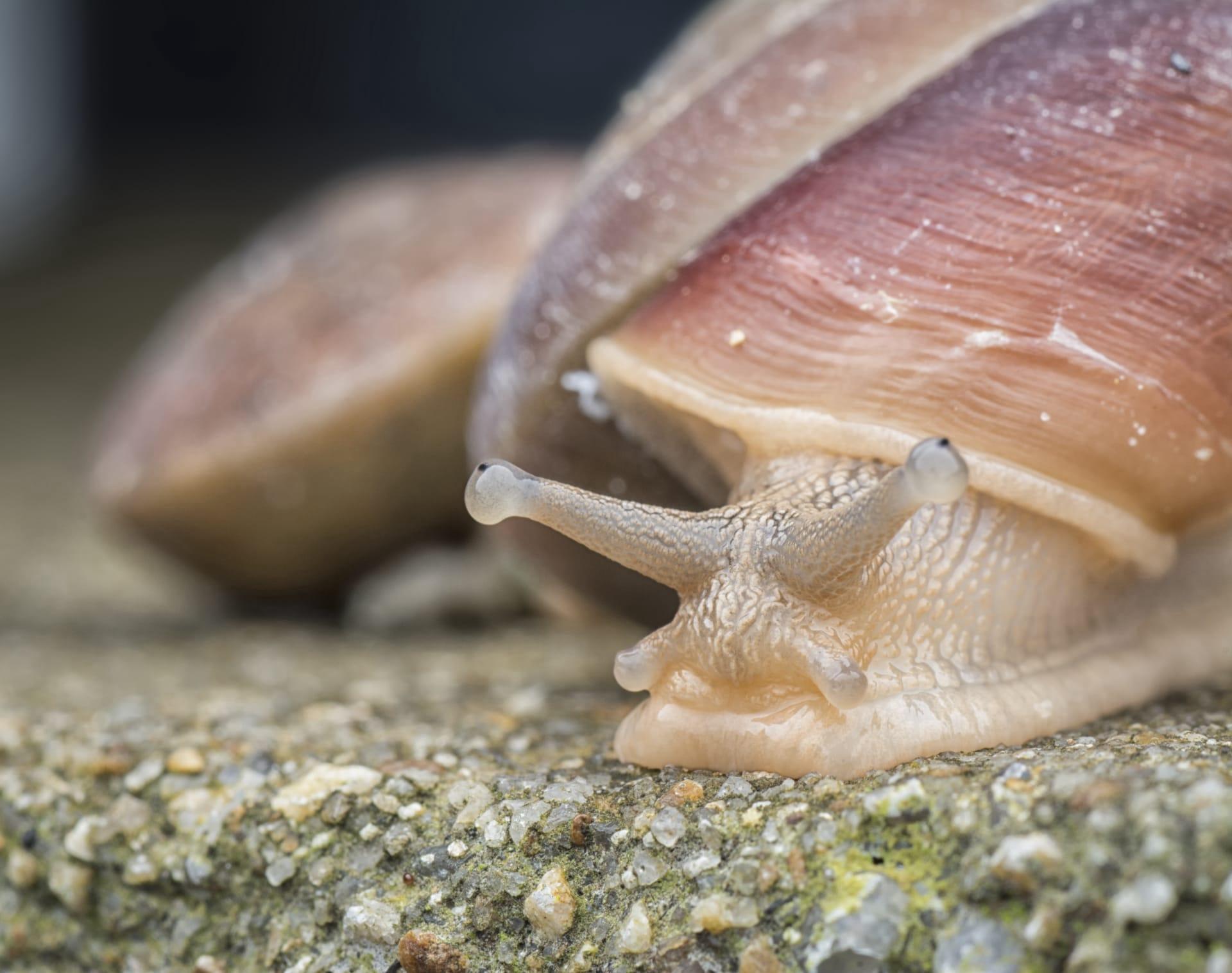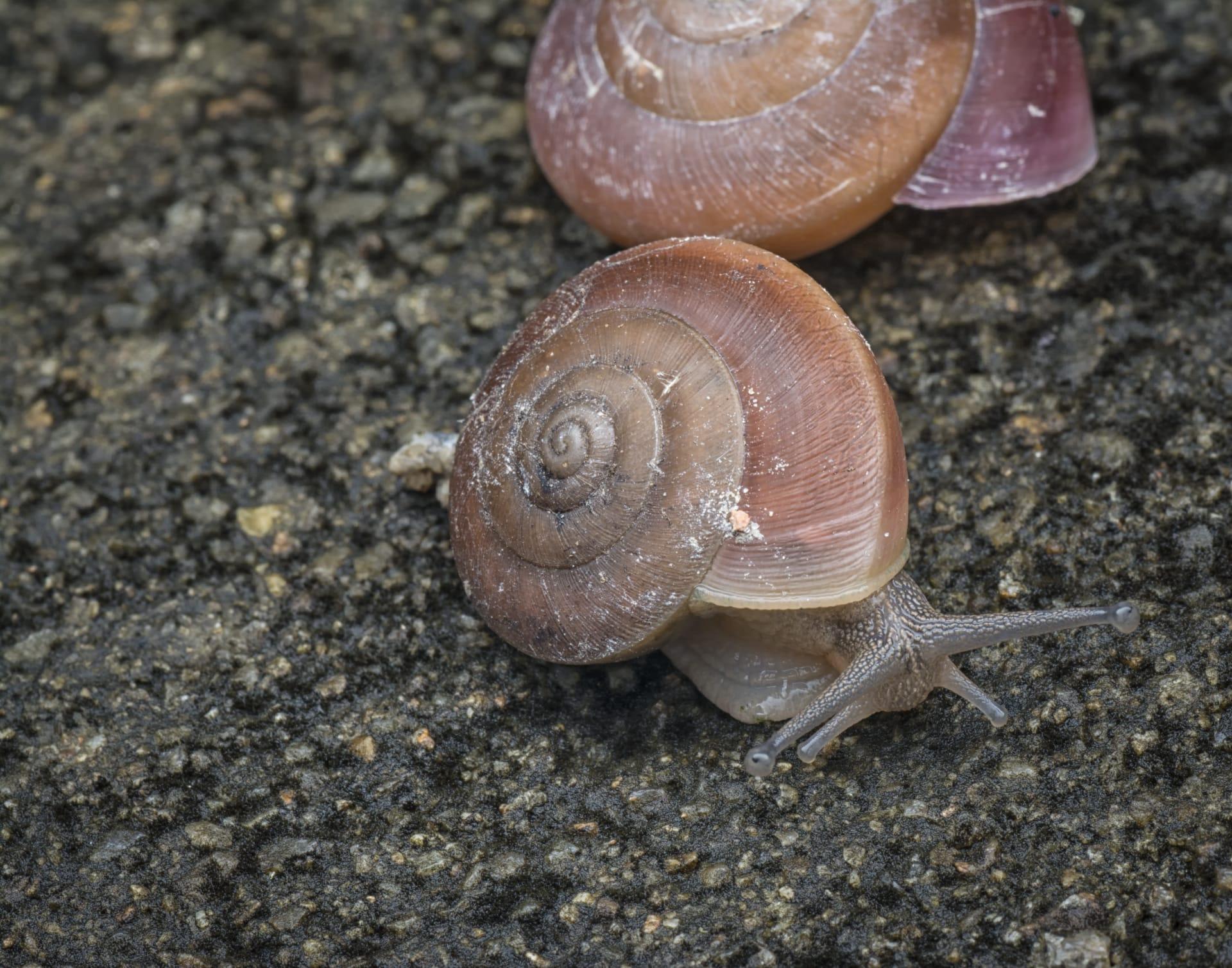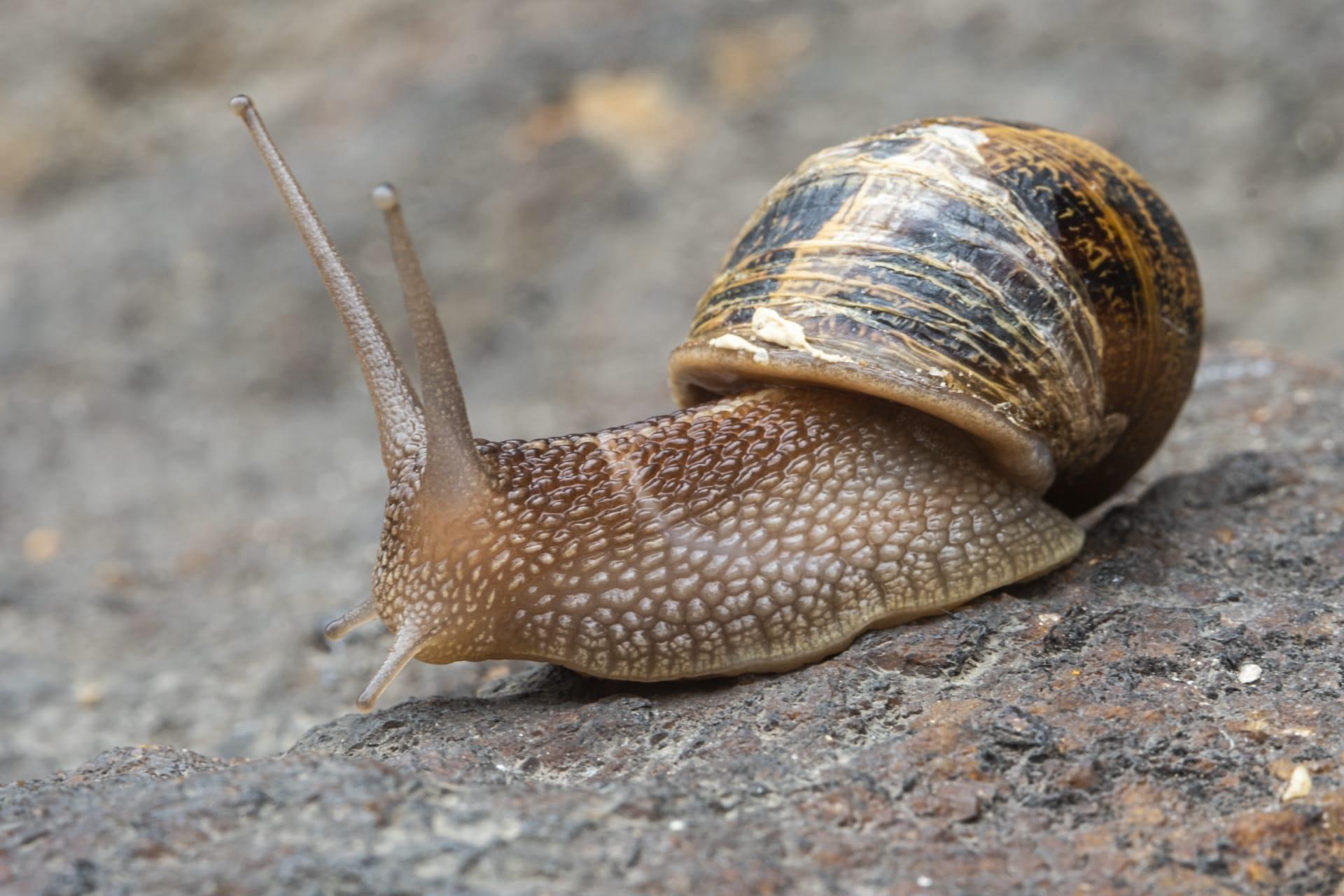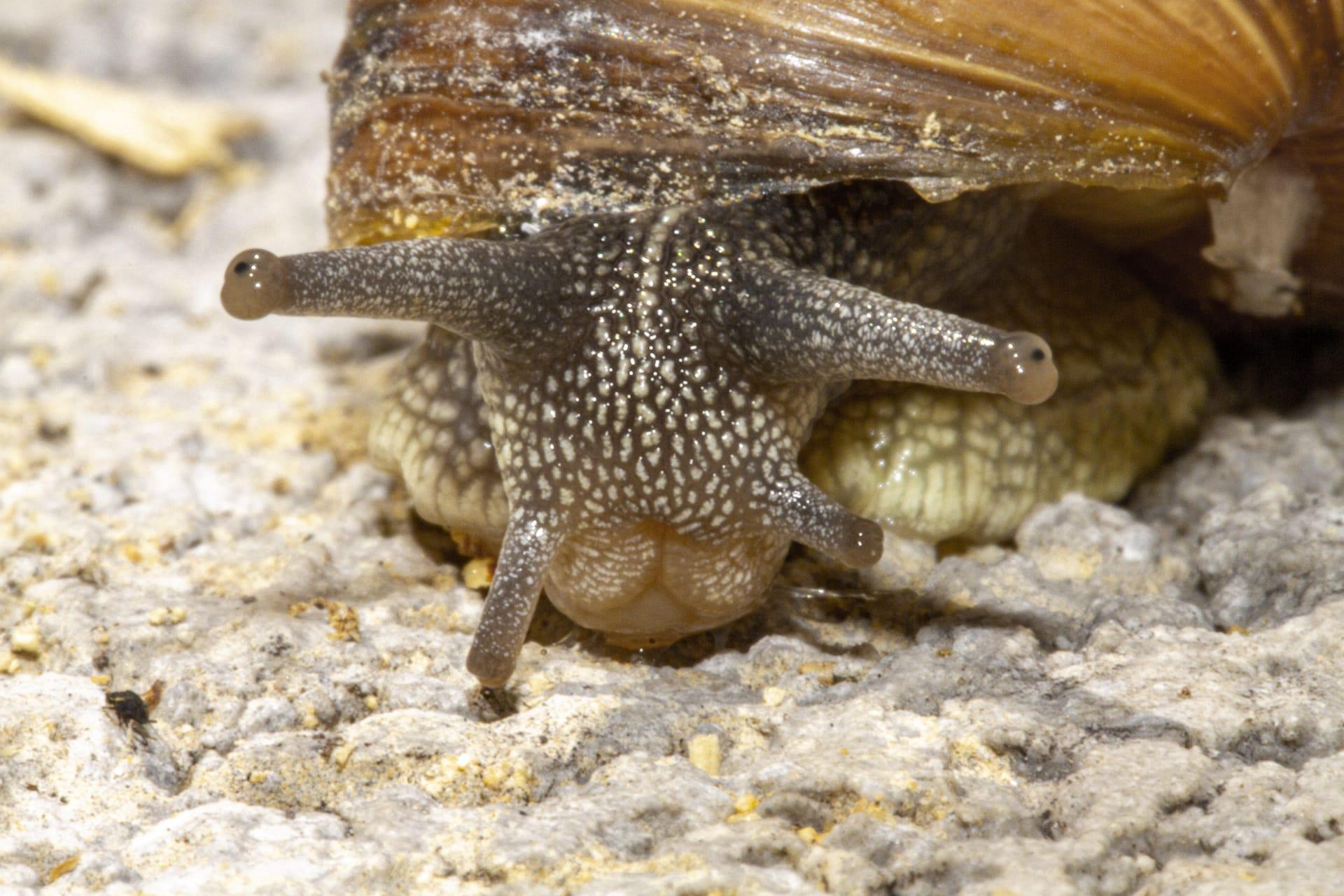Snails Trivia
- Home /
- Trivia Question /
- Animal /
- Snails Trivia
1
Question: How fast can a snail move?
Answer: Despite their reputation for being slow, snails can actually move at a relatively speedy pace, all things considered. The common garden snail, for instance, moves at about 0.03 miles per hour (0.048 kilometers per hour). That means it could cover the length of a standard football field (100 meters) in roughly 58 hours – a snail's marathon!
Question: What's the average lifespan of a snail?
Answer: Snails have a surprising longevity. Depending on the species, they can live from a few years to up to 25 years! The common garden snail typically lives around 2 to 5 years. However, in captivity, with the right care and environment, some snails have been known to reach the ripe old age of 10 years.

2
Question: Do snails really sleep for three years?
Answer: It's a common myth that snails sleep for years at a time. In reality, snails can enter a state of dormancy, known as estivation, during dry periods to conserve moisture. However, this state doesn't last for years. It usually persists for a few months or until environmental conditions improve.
Question: Are all snails hermaphrodites?
Answer: While many believe all snails are hermaphrodites, this isn't entirely true. It's a common trait among many snail species, but not all. Hermaphroditic snails possess both male and female reproductive organs, allowing them to self-fertilize or mate with other snails. However, some species, like the Apple Snail, have distinct male and female individuals.

3
Question: Can snails really regenerate their eyes?
Answer: Snails have an amazing regenerative ability. If a snail loses an eye, it can regenerate it over time, a process that can take weeks or months. This regeneration includes the eye stalk and the eye itself, showcasing their incredible biological resilience.
Question: How many species of snails are there?
Answer: The diversity of snails is astounding. There are over 60,000 species of snails spread across different habitats, from deserts to deep sea environments. They vary greatly in size, with the largest species, the Giant African Land Snail, reaching lengths of up to 15 inches (38 centimeters).

4
Question: What do snails eat?
Answer: Snails are mostly herbivores, feasting on a variety of vegetation including leaves, fruits, and flowers. Some species, however, are omnivores and even carnivores, eating other small insects and snails. Garden snails, for example, are known for their appetite for plants, which often leads to them being considered pests in gardens.
Question: Do snails have teeth?
Answer: Yes, snails do have teeth, but not like humans. They possess a specialized structure called a radula, which is covered with thousands of microscopic teeth. The radula works like a file, allowing snails to scrape off food particles from surfaces as they eat.

5
Question: Can snails hear?
Answer: Snails don't have ears or an auditory system like many other animals. They rely on their sense of touch and chemical receptors to navigate their environment. This means they can't hear in the conventional sense, but they are very sensitive to vibrations in their surroundings.
Question: Do snails have a sense of smell?
Answer: Snails have a highly developed sense of smell. They use their tentacles, particularly the longer pair, to detect chemicals in the air, which helps them find food and navigate their environment. This keen sense of smell is vital for their survival, especially for locating food sources.